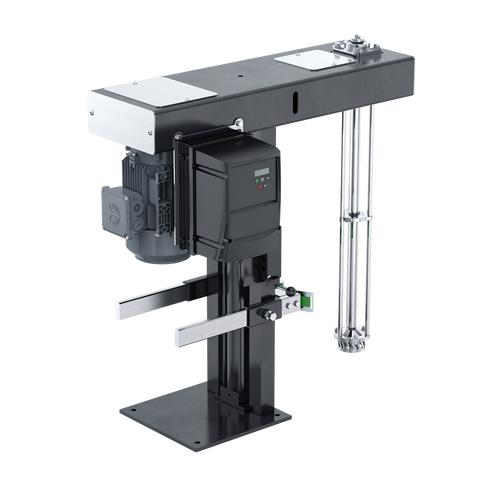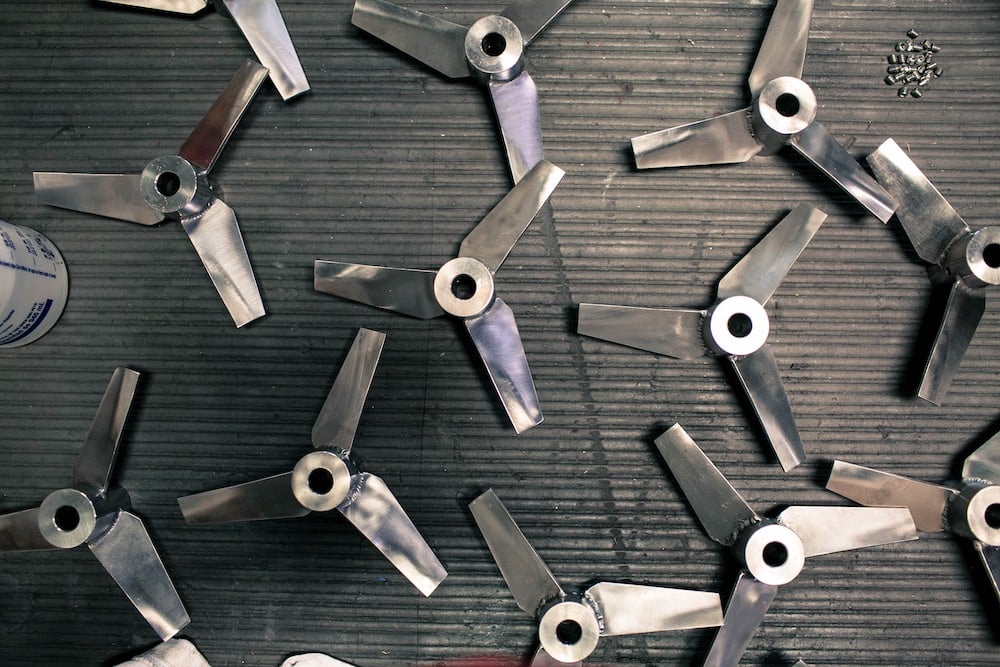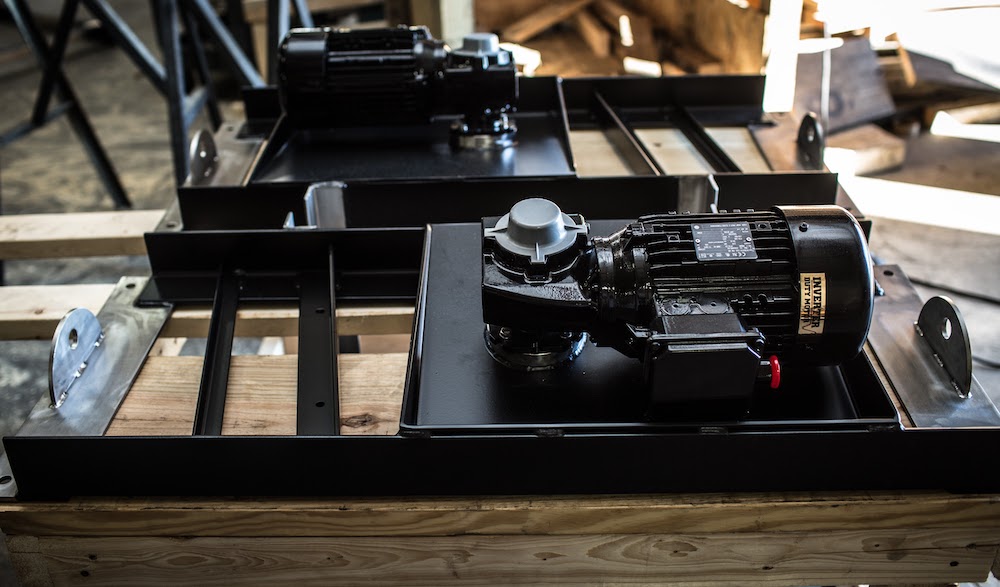Mixer Basics: Impellers
Before we talk about impellers, we have to get some of the nomenclature straightened out. There are impellers, propellers, blades, foils, and a host...

Rotor stators are the go-to for high shear mixing in a variety of industries. They don’t simply mix your ingredients, they emulsify, suspend, homogenize, disperse and disintegrate solids at half the speed of other agitator blades. Rotor stators work by generating shear between a moving (rotor) and a stationary (stator) component. As the product exits the mixing head, the particles have been reduced significantly and the mixture continues to circulate through the vessel and back into the rotor stator where it undergoes further dispersion. A rotor stator can be designed for specific mixing goals by changing the configuration of the rotor stator. The distance between the rotor and stator can be increased or decreased, rotational speed adjusted, and overall diameter changed to meet the needs of your mixture. With a high shear rotor stator, you can easily and quickly achieve emulsification, particle size reductions, homogenization, and suspension.

Additionally, rotor stators can be batch, in-line, or top entry. Choosing the configuration is solely based on optimizing mixing capabilities in your vessel. Batch, or post mount, rotor stators are usually stand-alone models with customizable motors and lifting capabilities. The basic mixing head configuration usually consists of a four-blade rotor and a stationary stator. There are a variety of interchangeable stators for higher shearing or faster product turnover, giving your mixer a wider range of capabilities.
Read more about stator configurations.
The goal for any mixing process is equilibrium mixing. Equilibrium mixing is finding the target characteristic of your mixture (reduced particle size, viscosity, granule density, etc) and determining the point at which that factor ceases to change despite continued processing. Equilibrium can be reached much faster in smaller testing batches, so understanding how that ratio will change as you scale up is a critical factor to taking your process full scale. The amount of mixing required is based on tank turnover and the number of passes through the rotor stator head, thereby adjustments will need to be made for larger scale mixing processes.

Before we talk about impellers, we have to get some of the nomenclature straightened out. There are impellers, propellers, blades, foils, and a host...

If you have no idea what kind of mixer you need, but you know you need one, you are in the right spot.